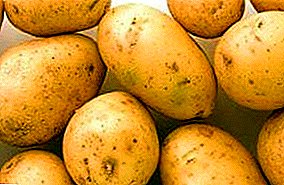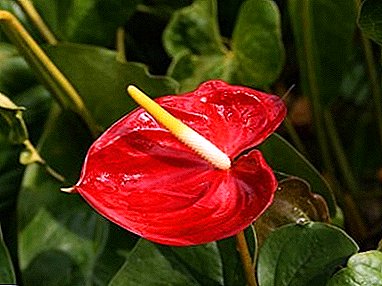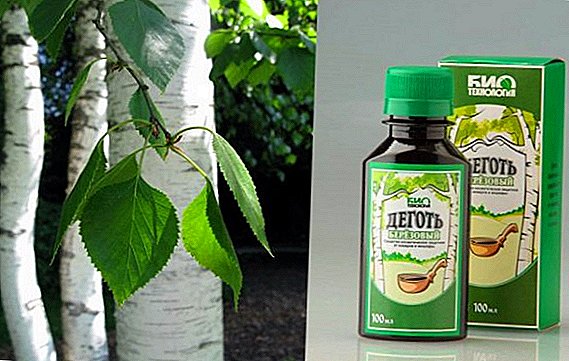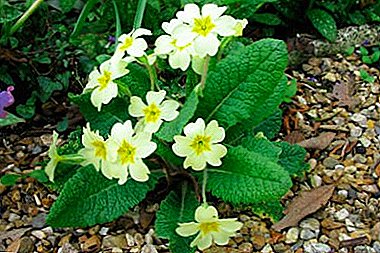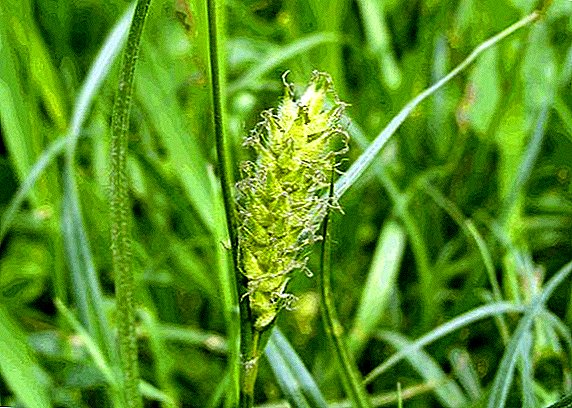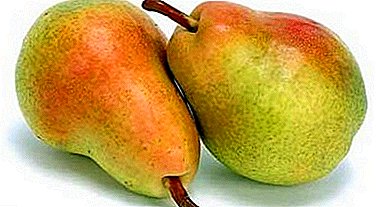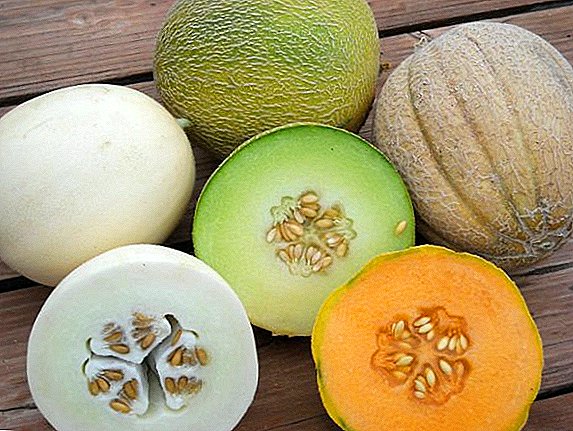 Melon - This gourd culture comes from Central and Asia Minor, which in Ukraine is grown mainly in the south. The melon fruit is pumpkin, valued for its wonderful sweet taste. There are many varieties of Ukrainian melons. Further we will tell more in detail about some best of them.
Melon - This gourd culture comes from Central and Asia Minor, which in Ukraine is grown mainly in the south. The melon fruit is pumpkin, valued for its wonderful sweet taste. There are many varieties of Ukrainian melons. Further we will tell more in detail about some best of them.
Did you know? Melon remarkably quenches thirst, is useful for people suffering from diabetes, cholecystitis, overweight, cardiovascular diseases. It contains many useful elements: vitamins A, P, C, folic and ascorbic acids, salts of potassium, sodium, iron, as well as fats, sugar and fiber.
Amal
 Amal melon grows on the territory of Ukraine, Russia, Moldova. it early ripe hybrid variety with resistant immunity to fungal diseases such as dry rot, fusarium and downy mildew.
Amal melon grows on the territory of Ukraine, Russia, Moldova. it early ripe hybrid variety with resistant immunity to fungal diseases such as dry rot, fusarium and downy mildew.
Its fruits are elongated, large - weighing from 2.5 to 3-4 kg. The flesh is tender and juicy, has a white and beige color, rich aroma and excellent taste. The peel of this melon variety is smooth, creamy yellow with a fine mesh, strong (which facilitates transportation).
Seed chamber of small size, strong roots, well developed. It is distinguished by high productivity; it is quite possible to harvest 55 tons from 1 ha (when planting about 7,000 plants). Fruits ripen simultaneously in late August.
Important! Amal is very demanding to care. It is thermophilic and drought-resistant, but does not tolerate drafts and needs timely stading, watering and fertilizer.
Goprinka
 Goprinka, or Tavrichanka refers to mid-grade varieties. Highly resistant to powdery mildew and fusarium wilt. The process of fruit ripening takes 68-74 days. Spherical fruits weigh about 1.8 kg.
Goprinka, or Tavrichanka refers to mid-grade varieties. Highly resistant to powdery mildew and fusarium wilt. The process of fruit ripening takes 68-74 days. Spherical fruits weigh about 1.8 kg.
The peel has an orange color and a full or partial mesh. White flesh juicy and crunchy, with a sweet taste, up to 4 cm thick. This melon has good transportability. She has white seeds of medium size (11 mm × 6 mm).
Dido
 Sweet melons of this variety are intended for processing or fresh consumption. Mid-season, ripen within 70-80 days. Fruits in the shape of an ellipse reach 2 kg in weight.
Sweet melons of this variety are intended for processing or fresh consumption. Mid-season, ripen within 70-80 days. Fruits in the shape of an ellipse reach 2 kg in weight.
The skin is strong, does not crack, yellow color, the grid is weakly expressed. Crisp and juicy flesh has a light cream color and a thickness of 5-6 cm. Efficiency is 24 tons per hectare.
Preferred seedling method of growing. Saplings are planted in open ground (light, fertile is better suited) when it warms up to + 16 ° С. Maturation occurs at the end of summer - the beginning of autumn.
Caribbean Gold
 it medium late variety, derived in Central and South America, contains a high concentration of vitamin C. It is externally similar to Malay melon. It has a gray-green, dense skin with a very thick mesh and orange flesh.
it medium late variety, derived in Central and South America, contains a high concentration of vitamin C. It is externally similar to Malay melon. It has a gray-green, dense skin with a very thick mesh and orange flesh.
Seed chamber is small. Resistant to diseases, the ripening period is 70 days. Ripe fruits are oval, soft to the touch, fragrant, sweet, weigh about 2 kg and can be stored for several months. It is recommended to plant 7.8 thousand specimens per hectare.
Collective farmer
 Refers to mid-season varieties. Ripens from 77 to 95 days. The fruit of the spherical shape weighs up to 1.5 kg. Yellow-orange, smooth peel covered with an incomplete mesh with large cells, the flesh is dense, crispy, thin, extremely sweet. The grade is not intended for long storage.
Refers to mid-season varieties. Ripens from 77 to 95 days. The fruit of the spherical shape weighs up to 1.5 kg. Yellow-orange, smooth peel covered with an incomplete mesh with large cells, the flesh is dense, crispy, thin, extremely sweet. The grade is not intended for long storage.
Important! The collective farmer differs from other varieties with special softness, excellent transportability and resistance to low temperatures (which is uncharacteristic of melons and gourds).
Caramel
 Most early ripe high-yielding variety such as "Pineapple", which is characterized by the formation of oval two-kilogram fruits even under stressful conditions (temperature fluctuations, unstable weather) in 65 - 75 days.
Most early ripe high-yielding variety such as "Pineapple", which is characterized by the formation of oval two-kilogram fruits even under stressful conditions (temperature fluctuations, unstable weather) in 65 - 75 days.
These yellow melons have a very dense skin with a pronounced large mesh and a very sweet, juicy flesh of white color with a powerful aroma. Seed chamber is small in size. The variety is resistant to fusarium.
Did you know? Presumably the domestication of melons took place in Northern India many centuries before our era. It was grown in ancient Egypt, and in Europe it came in the Middle Ages.
Pil de Sapo
 Green melons Varieties Piel de Sapo, also called Santa Claus melon, appeared on the Canary Islands. They are oval in shape, weighing no more than 2 kg. The peel is strong, slightly uneven, smooth.
Green melons Varieties Piel de Sapo, also called Santa Claus melon, appeared on the Canary Islands. They are oval in shape, weighing no more than 2 kg. The peel is strong, slightly uneven, smooth.
The flesh is sweet, refreshing, white with a creamy, salmon-colored or pale green tinge, exudes a pleasant aroma. Contains a lot of vitamin C and fiber, is well transported, can be stored up to 3 months. If the harvest was harvested too early, the fruits will turn yellow and partially lose taste.
Serpyanka
 Serpyanka treat early maturing varieties, aging time - 72 days. Fruits are smooth, weighing 1.6 - 1.8 kg, round in shape, yellow-green in color with orange splashes, sometimes have a partial net.
Serpyanka treat early maturing varieties, aging time - 72 days. Fruits are smooth, weighing 1.6 - 1.8 kg, round in shape, yellow-green in color with orange splashes, sometimes have a partial net.
The crunchy, juicy pulp of white color and average thickness possesses fine tastes. Seeds are white, medium size. Transportability is average. Productivity - up to 19 tons per 1 ha. The variety is resistant to powdery mildew and fusarium wilt.
Ribbed
 Ribbed melon is Uzbek hybrid, which is large in size. The fruits are plump, have an average size and a characteristic ribbed shape. Mature at the end of August. The flesh is juicy. Taste is gentle, sweet. Ripe specimens are slightly soft and have a strong aroma.
Ribbed melon is Uzbek hybrid, which is large in size. The fruits are plump, have an average size and a characteristic ribbed shape. Mature at the end of August. The flesh is juicy. Taste is gentle, sweet. Ripe specimens are slightly soft and have a strong aroma.
Yakup Bey
 it medium sized melon green with dense, tough skin and white flesh with salmon-pink areas. The variety is extremely rich in iron (the concentration is 17 times higher than, for example, in milk). If the harvest is collected too early, then these melons will not have softness and aroma, and in a pleasant taste with a nutty tinge will appear a burning sensation.
it medium sized melon green with dense, tough skin and white flesh with salmon-pink areas. The variety is extremely rich in iron (the concentration is 17 times higher than, for example, in milk). If the harvest is collected too early, then these melons will not have softness and aroma, and in a pleasant taste with a nutty tinge will appear a burning sensation.
As you can see, each variety is good in its own way, each has an original pleasant taste and a set of useful substances. But it is worth remembering that the taste is largely dependent on the provided care. Take the time and any of the above melons will give you a bountiful harvest.


